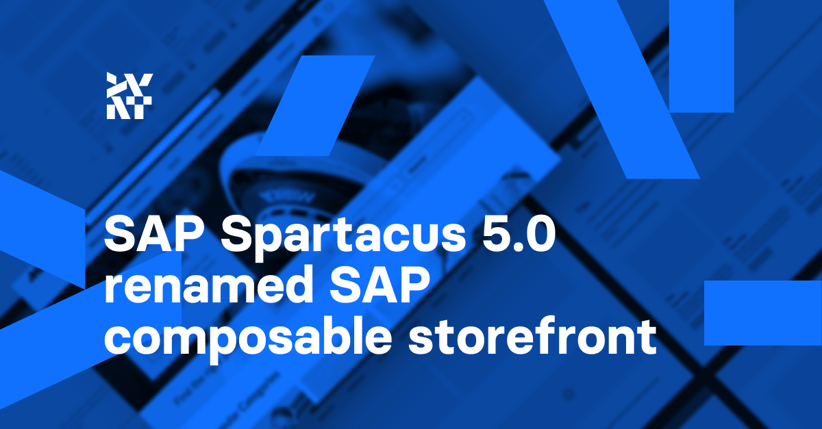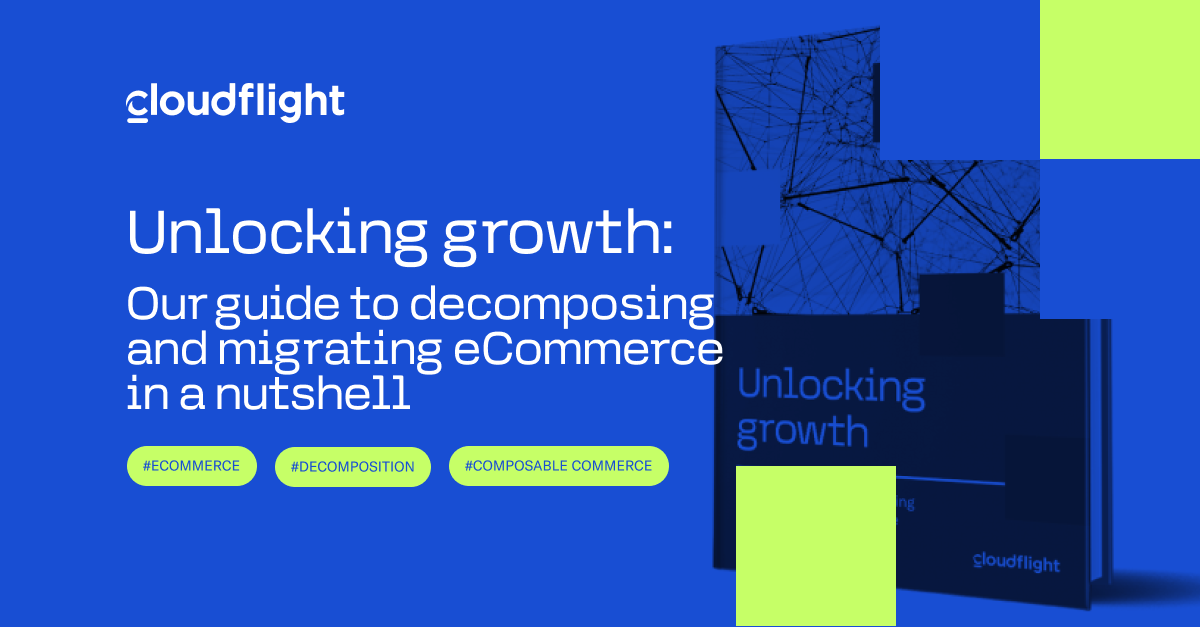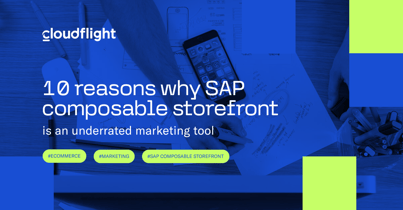SAP Spartacus 5.0 was released on the 23rd of November 2022. Of course, it includes many new features, but I’d like to focus on changes that happened to the project itself first.
Spartacus is “the” storefront now
SAP Spartacus has become an official SAP product and has been renamed ”“SAP Commerce Cloud, composable storefront.” Even though I think that rebrandings and renamings are often damaging, in this case, the new name fits really well. The more important fact is that Spartacus became an official SAP product. Until now, it was just an experimental alternative to Accelerator Storefront. But now, Accelerator UI is being depreciated and composable storefront is a primary storefront for SAP Commerce Cloud.
Here’s what we can read in the official release notes of the composable storefront:
“‘SAP Commerce Cloud, composable storefront’ is the name for the official release of project ‘Spartacus’ libraries published by SAP. The officially supported composable storefront is available to SAP Commerce Cloud customers. Documentation is available on the SAP Help Portal. Composable storefront is based off the Spartacus open source code, and is included in the SAP Commerce Cloud license at no extra cost. Composable storefront has a roll-forward update policy. On-premise customers may still use Spartacus open source.”
So Spartacus is the code and composable storefront are the published libraries. I believe that the two names will be used interchangeably as SAP Commerce Cloud and Hybris are.
Distribution channel
Being the official product implies a new way for how Spartacus libraries are built and distributed.
- The build pipeline undergoes SAP internal processes to ensure quality and compliance.
- The libraries are no longer published to npm. They are available on SAP’s Repository Based Shipment Channel (RBSC) but only for cloud customers.
- The on-premises customers can build the libraries themselves since the source code stays open source on GitHub.
Support and community
So far, Spartacus's support has been kind of limited, and the best place to obtain help was the public Slack workspace and Stackoverflow. Now, as an official product, composable storefront is officially supported via SAP support channels. Unfortunately, because of that, the public Slack workplace was closed. I’ve missed those community discussions, so I’ve opened a fully community-driven discord server. You’re invited ;)
Join our community Discord here -> https://discord.com/invite/8BmNHuHYYh
New features
So, in the end, what’s new technically in composable storefront? In the official docs, you can read a full list of changes, but here are some highlights:
- First of all, the libraries have been updated to Angular 14, allowing developers to use standalone components, newer versions of Typescript and Node.js, typed reactive forms, and many more.
- The cart module has been moved into a separate package. This is the next step towards composability, and it can improve performance by allowing lazy loading of the cart library.
- Commands and queries have been implemented in the checkout library. So far, Spartacus has been utilizing NgRx to wrap the communication with the back end. This worked but wasn’t easily customizable. So the Spartacus team is gradually replacing it with commands and queries.
- The SAP Customer Data Cloud, formerly known as Gigya, integration uses a native user interface instead of screen sets, allowing for easier customization.
Summary
This year is definitely going to be the year of Spar… composable storefront. I’ve seen that there’s an incentive on SAP’s side to move their clients to the new front end and the cloud. I expect that the Spartacus core team will receive better internal support to release more often.
Published February 28, 2023











